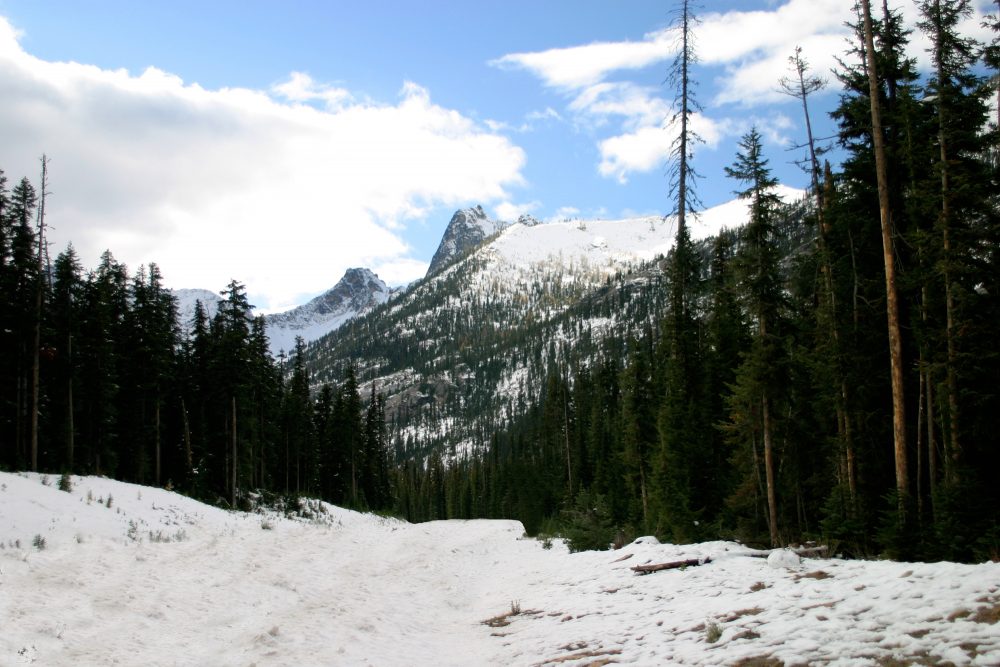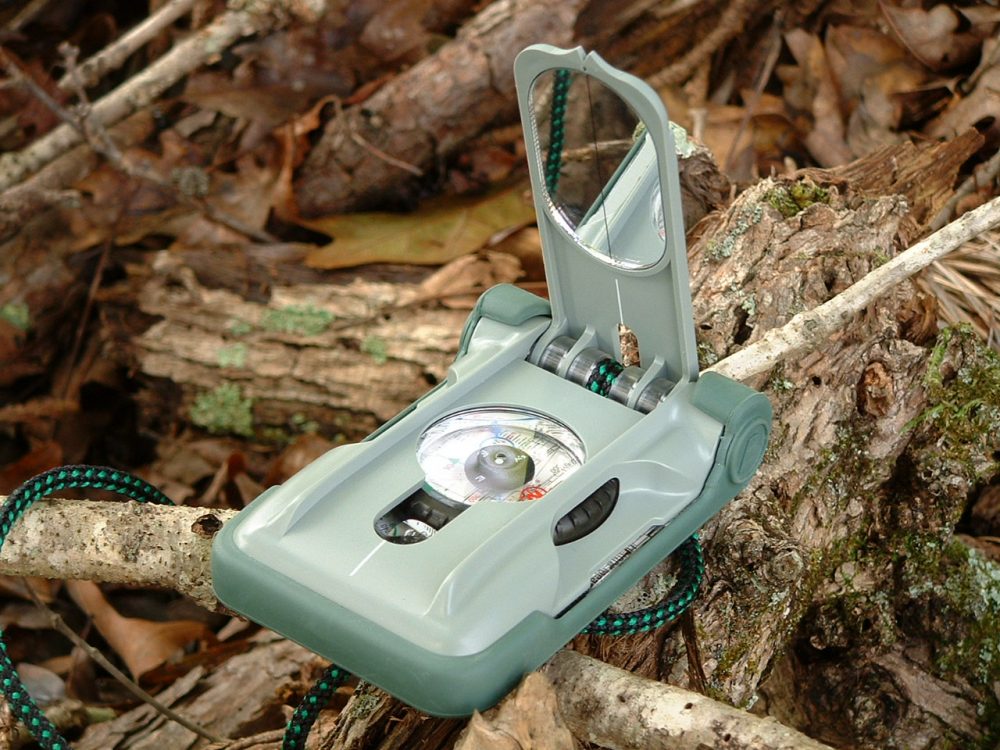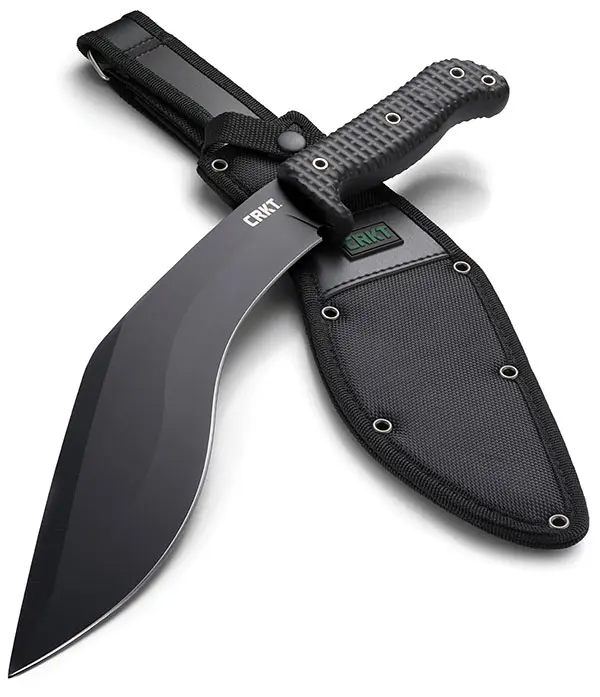Being lost or stranded in a vast wilderness area requires the victim to make decisions based on facts and capabilities.
Maybe it’s just the media giving more airtime to stories about human tragedy, but this past year seems to have had more than its fair share of people getting lost and dying in the wilds. While some of these events had heroic efforts at self-rescue, others showed signs of the victim just giving up and dying without a fight. Most of the experts will tell you that it’s better to stay put once you become lost, and that may well be true, but sometimes it’s not an option.
I believe that most S.W.A.T. readers share a kindred spirit when it comes to abnormal situations. Our minds are geared to react to a situation instead of waiting for the unknown. If someone tells us to sit still and wait on a savior, then our motivation and drive will dwindle after a few days in uncomfortable surroundings. When we’re in a survival situation, we have to stay busy to keep our minds sharp, otherwise you might just as well shoot us and put us out of our misery.
Once you realize you’re lost or stranded, take time to assess your situation. Unless you’re about to get eaten by a Grizzly bear or have a severe medical emergency, don’t let the panic of “fixing it right now” make you jumpy. You’re not going to starve to death or die of thirst for a long time, so calm down and assess your survival supplies as well as the possibilities of getting rescued. If you’re in a cold environment, then your first needs may be finding/building shelter and/or building a fire. If it’s a combat zone, then you may need to find a hiding place before worrying about anything else. Each situation is unique, and only the rational victim will be able to prioritize their survival checklist.
Peruvian survival instructors teach the basics of signal fire building on the banks of a jungle river.
Once you’ve taken the time to weigh the facts, then make a decision based on these facts (notice I said “facts”). Now it’s time for the $64,000 question: do you stay or move once you realize you’re lost? If you’re in the middle of BFE and no one knows you’re gone or missing, then most likely your best bet is to move and attempt self-rescue. If you left a detailed plan of your trip with a friend or relative, then it may be best to hunker down and wait for the cavalry. Whatever you do at this stage, make a decision based on the facts and your capabilities and stick with it. There is nothing more deadly in a survival situation than indecisiveness—a lot of bodies have been recovered a short distance from the safety of their camp.
Typically, when a victim backs out on their decision to self-rescue, they panic. They get tunnel vision, with their only thought being returning as fast as they can. Once panic takes over, the victim no longer concentrates on survival priorities. They tire quickly and become mad at themselves for being so stupid. Finally they succumb to the elements, give up, roll over and die.
If you decide to stay and wait for rescue, then prepare your base camp for potential rescue. Distress signaling, such as signal fires, smoke, mirrors, flares, battery-operated signal strobes and ground markings are all excellent means to attract wanted attention. If you’re stuck in the wilderness with no signaling device, fires can be used, but you must maintain them for a constant state of readiness. Waiting until you hear a plane before building your fire is useless. By the time you get the kindling burning well, the aircraft will probably be long gone. The only exception I can imagine to this is if you have several gallons of flammable fluid (e.g., gas from your stranded vehicle) or large piles of bone-dry flash tinder. The average adventurer is not going to be that lucky, so if fire is your only means to signal, then get ready for a lot of work.
Sometimes self-rescue requires a lot of work. The author and a student use a makeshift raft to ford a river.
If you’re in heavy forest, you will have to find a clearing or make one to allow a wider angle of view for rescue aircraft. You will also need to gather an abundance of fire-making materials as well as green vegetation. The internationally recognized rescue signal is three fires equally spaced in a line or in a triangle. If possible, separate each fire by at least 50 feet. If you hear a plane at night, build all three fires up quickly with small dry wood or dead leaves to produce as much light and flame as possible. If the plane is passing by in daylight, then cover the fires with vegetation to produce heavy smoke, grab some type of signaling device such as a white T-shirt and wave frantically. If a search and rescue plane locates you, the pilot will usually do at least one direct flyover at low altitude and “wave” you with his wings.
You can also make ground signals from logs, ponchos, or anything else that is visible from the air. Use the following international codes to communicate your needs: A straight line means you need immediate evacuation or medical assistance. An F indicates a need for food or water. X means you are unable to move. An arrow communicates your direction of travel if you plan on moving (or have moved) from that location. These are just a few of the international signals; however, they should be all that is ever required for most survival scenarios.
The best insurance is good survival tools. Never go into the wilds without a compass and signaling device.
If the plane is close enough, you can also use a good flashlight to signal the international distress Morse code of SOS (three shorts, three longs, three shorts.) Pocket signal strobes are also good for nighttime signaling. The units are very compact, battery-operated and can be switched on and off to conserve battery power. Another all-purpose distress signal we have used when working with the Peruvian military’s downed pilots survival school are pen flares. These are very lightweight and compact. Usually a kit will have three self-contained flares that will launch a bright red light more than 200 feet into the sky.
For daytime signaling of aircraft, nothing beats a signal mirror. We suggest the Air Force type, since it has a unique aiming screen that is very accurate for flashing a pilot’s eye many miles away. If you have no signal mirror, then find anything with high reflectivity in sunlight and place a hole in the center of this device so you can see through it. To aim it, extend an arm in front of you and hold up two fingers in a peace sign configuration and box the aircraft inside these fingers. With your other hand move the reflective device up to your eye and peer through the hole, finding the aircraft in between your fingers. While keeping your eye on the plane, move the reflective device around until you see a flash of light cross over your peace sign. You have just flashed the aircraft. Make sure not to hold the signal static on the plane, instead flash it back and forth. The reason for this is that all pilots see numerous reflective devices when flying, and unless these objects are flashing at regular intervals, it does not raise a concern. Once you receive a positive signal from the plane that you have been seen, quit signaling so it does not confuse the situation. Signal mirrors can also have some effectiveness on hazy days, but the better the mirror, then the better the chances of your being seen. Bottom line: pack a good signal mirror in your kit. Who knows when you might need it for rescue or as a first-aid device for extracting foreign objects from your eye or a splinter out of your butt?
If you find yourself lost and decide to self-rescue, hopefully you’ve done your pre-trip homework and have a rough idea in which cardinal direction you’ll find civilization. If you’re totally lost and confused, remember that water almost always runs toward civilization, although it may be the long way out. Following streams will eventually lead to larger bodies of water. Larger bodies of water will eventually lead to humans. If you’re not sure where flowing water is, then look for animal trails, since they typically lead toward fresh water supplies. Also, birds typically fly toward water in the evening hours.
If you decide to leave your base camp, make sure you can return. Take a quick compass reading of the direction you are traveling and also make a mental note of the direction the trail, road or river is traveling. If you become disoriented, you can easily walk a compass bearing that intersects this. Another technique I use is hacking a back trail as I move through the forest. Using a machete, I hack a visible sign every so often on the backside of trees. Once I begin a return trip, the hack sign will be visible. You can also do this by breaking over small plants so they will be visible on your return trip. If you use this technique, break the plant so the underside of the leaf will be visible on your return. The bottom side of a leaf will contrast better against the forest than the topside and will be noticeably out of place when you’re looking for sign.
It is truly amazing how fast you can get lost in an unknown environment. Staying calm, assessing your situation and being decisive will go a long way when it comes to saving your own life. Whatever you do, never leave on any trip without a compass and signaling device in your possession. And if you don’t carry a map, make sure you do a little homework by taking mental note of features such as surrounding roads, rivers and adverse terrain. It might just save your life.








